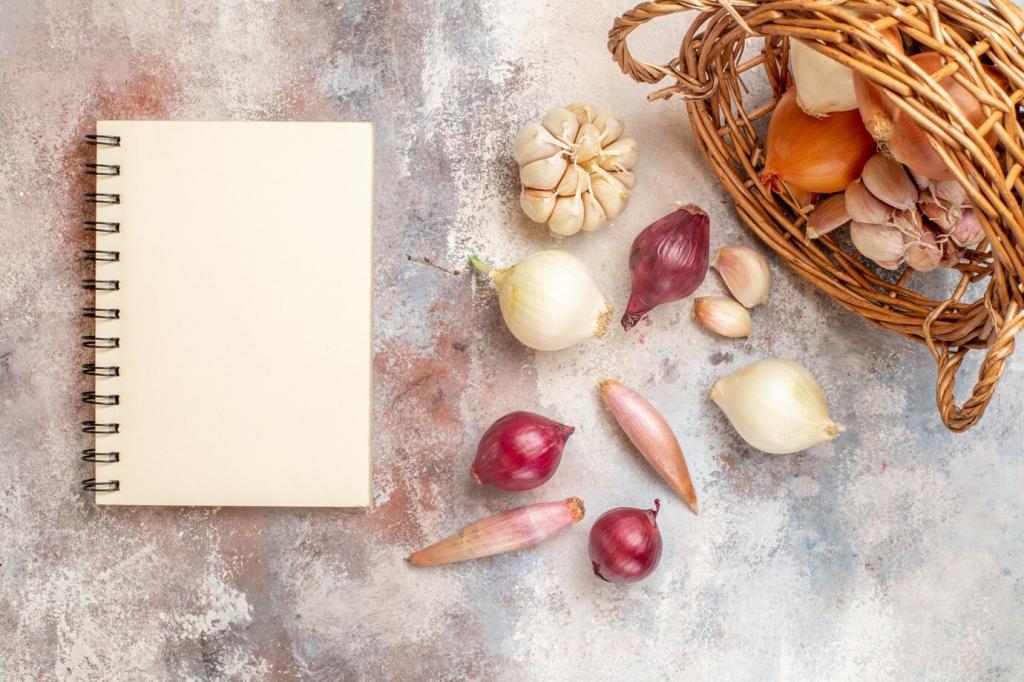Savor the Story: Culinary Fiction Book Reviews
Chosen theme: Culinary Fiction Book Reviews. Welcome to a home for readers who taste with their eyes, imagine with their noses, and turn pages as if stirring a simmering pot of plot and feeling.

The Flavor of Plot: Why Culinary Fiction Hooks Us

In culinary fiction, flavor guides choices the way a compass guides sailors. Think of chocolate shaping fate in a small village, or a single soup recipe healing generations through its fragrant patience and layered warmth.
Our Review Palette: How We Taste Words and Dishes
We sniff for the first hint of style—does the prose rise warm like fresh bread, or crackle with citrus and salt? A vivid voice should perfume the air long after the chapter closes, inviting you back for seconds.
Our Review Palette: How We Taste Words and Dishes
Plot should chew properly—al dente tension with tender character arcs. We examine whether scenes melt softly or crunch dramatically, and whether the story’s texture keeps readers hungry for the next deliciously layered bite.

The best scenes happen where vendors call your name and apricots glow like lanterns. Writers translate these markets into music, layering clatter, laughter, and knife work until you can practically taste the morning sun on your tongue.

Page-to-Plate Experiments: Cooking What We Read
Once, absorbed by a chapter, we caramelized onions into a moody sweetness that carried the scene’s grief. Another time, we scorched sugar while laughing at a character’s mischief, learning that timing, like plot, is everything.

Page-to-Plate Experiments: Cooking What We Read
Some books dream up dishes that defy physics. We translate them with accessible pantry swaps, honoring spirit over exactness, because a story’s flavor often lives in intention, not in lab-perfect measurements and unattainable ingredients.
Book Club Menu: Host a Literary Supper
Designing the Menu Arc
Pair chapters with courses: an opening amuse-bouche for the inciting incident, a hearty main for the midpoint, and a dessert that resolves lingering questions with gentle sweetness and satisfying, conversational crumbs.
Conversation Starters That Simmer
Ask which character’s pantry matches your own, or what flavor symbolizes the protagonist’s turning point. Encourage guests to bring one sensory memory a scene evoked, then compare notes like sommeliers decoding a complex vintage.
Ambient Details That Matter
Set the table with textures from the book—linen the shade of market peaches, vintage spoons, a playlist of clinking glasses. These small gestures coax shy readers into bold dialogue and keep the narrative deliciously alive.
Debut Dishes Worth Craving
First-time authors often serve the raw honesty of a cherished family recipe. Expect bold seasoning, heartfelt errors, and the kind of risk-taking that reminds us why we read with both hunger and hope.
Independent Press Delicacies
Indie titles surprise with regional specificity and daring structures. They champion voices seldom heard at the big table, giving readers flavors that resist homogeny and invite deeper, slower, more nourishing bites of culture.
